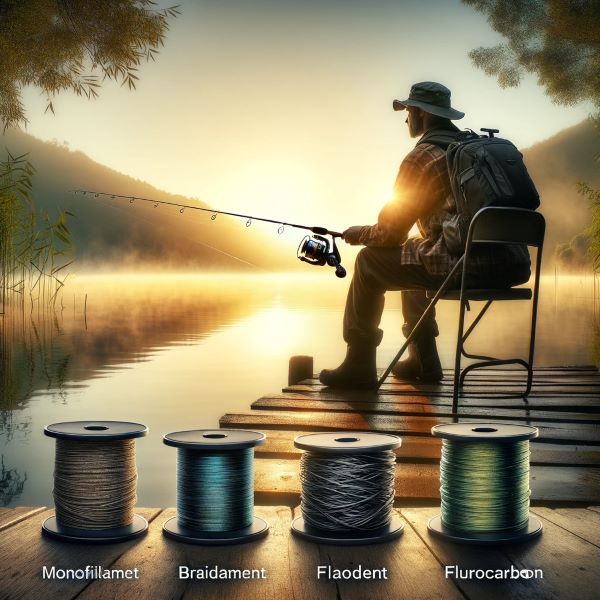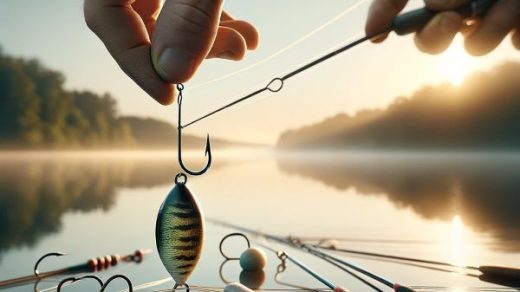
Selecting the right fishing line for your spinning reel is crucial for both novice and experienced anglers alike. The choice of line can significantly impact your fishing success, influencing everything from casting distance to the sensitivity of bites. There are several types of lines commonly used in spinning reels, each with its own set of characteristics and advantages:
- Monofilament: This type of line is versatile and offers a balance of stretch and durability, making it a popular choice for many anglers.
- Braided: Known for its strength and minimal stretch, braided line allows for longer casts and better sensitivity, making it ideal for detecting light bites.
- Fluorocarbon: With its near invisibility underwater and excellent abrasion resistance, fluorocarbon is perfect for clear waters and wary fish.
Understanding these options and their applications will help you make an informed choice that enhances your fishing experience.
Understanding Different Types of Fishing Lines
Monofilament Lines
Monofilament lines are praised for their ease of use and general versatility, making them a great choice for beginners and seasoned anglers alike. They are characterized by a fair amount of stretch, which can cushion against sudden, aggressive strikes and provide better knot strength. Monofilament is best used in scenarios where you need a forgiving line, such as when fishing with live bait or in cover where the fish might pull hard against obstacles.
Braided Lines
Braided lines are favored for their incredible strength relative to diameter and almost zero stretch, which greatly enhances sensitivity. These properties allow anglers to feel even the slightest nibbles, making them excellent for techniques requiring precision and direct contact with the lure. Braided lines are particularly advantageous in deep water or when fishing in strong currents where line sensitivity and the ability to maintain a tight line are critical.
Fluorocarbon Lines
Fluorocarbon lines are valued for their near invisibility underwater, thanks to their light refraction index, which is similar to that of water. This makes them ideal for clear water conditions and targeting skittish fish. Additionally, fluorocarbon offers excellent abrasion resistance, making it suitable for fishing around sharp rocks and submerged structures. Its low stretch also provides good sensitivity, though not quite as much as braided lines.
Each of these line types brings specific benefits to spinning reel setups, catering to different fishing environments and techniques.
Key Considerations When Choosing a Fishing Line
Line Strength and Durability
Selecting a fishing line with the appropriate strength (test) is critical to match the expected fish size and fishing conditions. A stronger line can handle larger, more aggressive fish and tougher conditions, but it may be more visible in the water. Durability is also important, especially when fishing in environments with lots of obstacles, such as rocks and logs, which can wear down a line quickly.
Line Memory and Manageability
Line memory refers to the tendency of a line to coil or retain the shape it was in when spooled. High memory can cause issues such as tangles and poor casting performance. Low-memory lines are easier to manage and provide smoother casts. Each line type offers different levels of memory; for example, monofilament tends to have higher memory than braided lines.
Compatibility with Reel and Environment
The choice of line should also consider the type of reel and the fishing environment. Some lines are better suited for certain reels; for instance, braided lines work well with spinning reels due to their thin diameter and lack of stretch. Additionally, environmental factors like water clarity and underwater structure should influence line selection, such as choosing a fluorocarbon line in clear water due to its low visibility.




